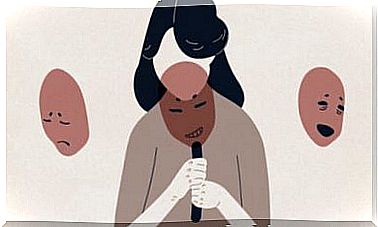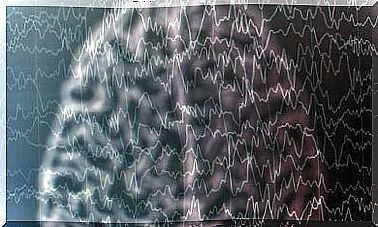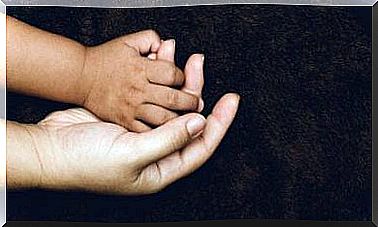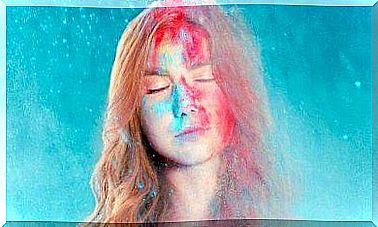HTP Personality Test
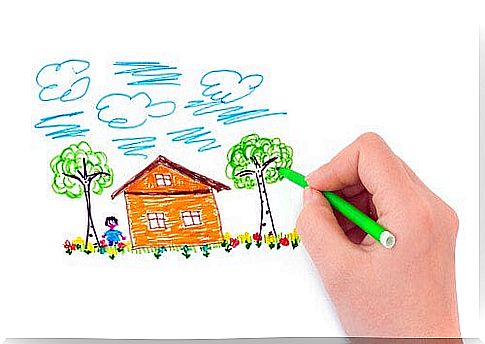
Through the HTP personality test, you can analyze certain personality traits, internal conflicts, and perceptions of yourself, or in other words, traits that you believe you belong to.
This personality test may seem like children’s play, but it’s also useful for adults. It is used in clinics, psychologist clinics, and learning psychology institutions.
What is the HTP personality test?
To take the test, participants are asked to draw a house (house = H), a tree (tree = T) and a person (person = P) on a blank white piece of paper. The purpose of the test is to try to identify the most common and latent internal conflicts.
The analyst can anticipate certain personality traits of the individual from the drawings of these simple everyday things. You probably won’t realize it, but when you draw a house, a tree, and a person, you illuminate things you keep hidden in your subconscious for a variety of reasons.
You don’t have to be in Picasso to pass the test, you just have to find the clues that drawing provides. What can a drawing communicate? Broadly speaking, it can express your true self’s relationship to the family environment (such as a house or tree) and the people near you.
Two steps of the HTP test
The research goes much deeper than a drawing of a tree with a human next to it, so it shouldn’t be taken lightly. In the first part (non-verbal or creative part), the participant is asked to draw these three things. The expert is likely to suggest that the participant draw them in the most natural way possible and forget the context, as well as the drawing of the future analysis.
When a person draws, the analyst uses this time, paying attention to their attitudes, words, and body language. They may express frustration, anger, joy, etc. Once the drawing is complete, there is a second stage time where they have to tell the story using three forms of time (past, present and future).
Another common option during the HTP test is to answer a series of questions that the expert has planned in advance. This helps motivate people who have a harder time expressing themselves or children who can’t tell the story in great detail.
How, when and why to do an HTP test
The test is designed for people who are at least 8 years old. This means that basically anyone can be analyzed with a drawing of a house, a tree and a person. It may seem a little strange for adults to consult an expert and draw a picture during a session, but the results are quite interesting.
To get the most out of the experiment, it is best to be in a quiet environment free of distractions and where the patient feels comfortable. The office is an ideal place for privacy. All necessary materials (paper, pens, eraser, etc.) Should also be available.

Wiping is allowed, but this is also analyzed; the decision to erase the entire image after finishing is not the same thing as erasing a line to improve it.
The HTP test takes half an hour to an hour, depending on how long the person goes to drawing and telling a story. This, of course, also depends on their attitude and whether the analyst decides to ask questions in the end.
What is the idea of an HTP test?
The logic is simple. The test is based on the idea that drawings can express many emotions, whether past or present, as well as hopes for the future. Each image means something different: a house depicts a family situation, a tree depicts the deepest self-image, and the person in the image is a self-image or self-image involving conscience and defense mechanisms.
The location of each object on paper is also analyzed. For example, if a person draws an image really close to the top of the paper, it means that the image is related to dreams and imagination, while drawing at the bottom is related to the physical world. Drawing on the right is about the future, drawing on the middle is about the present, and drawing on the left is about the past.
They also evaluate the size of each element, the intensity of each line (which may indicate strength or weakness), and the clarity of the image. It is also interesting that every part of the house, the tree and the person matter.
We don’t tell you what every little thing means so you can’t cheat if you ever come to take this test, but we give an indicative description of possible interpretations: the roof of the house depicts the spiritual and the intellectual, the tree trunk depicts what sustains a person’s life, and the person’s hands depict emotions .
As with all projective tests, the quality of the information it provides depends on the attitude you have to drawing and telling the story, and it also depends on the analyzer’s ability to distinguish between essential and non-essential parts of the image.


